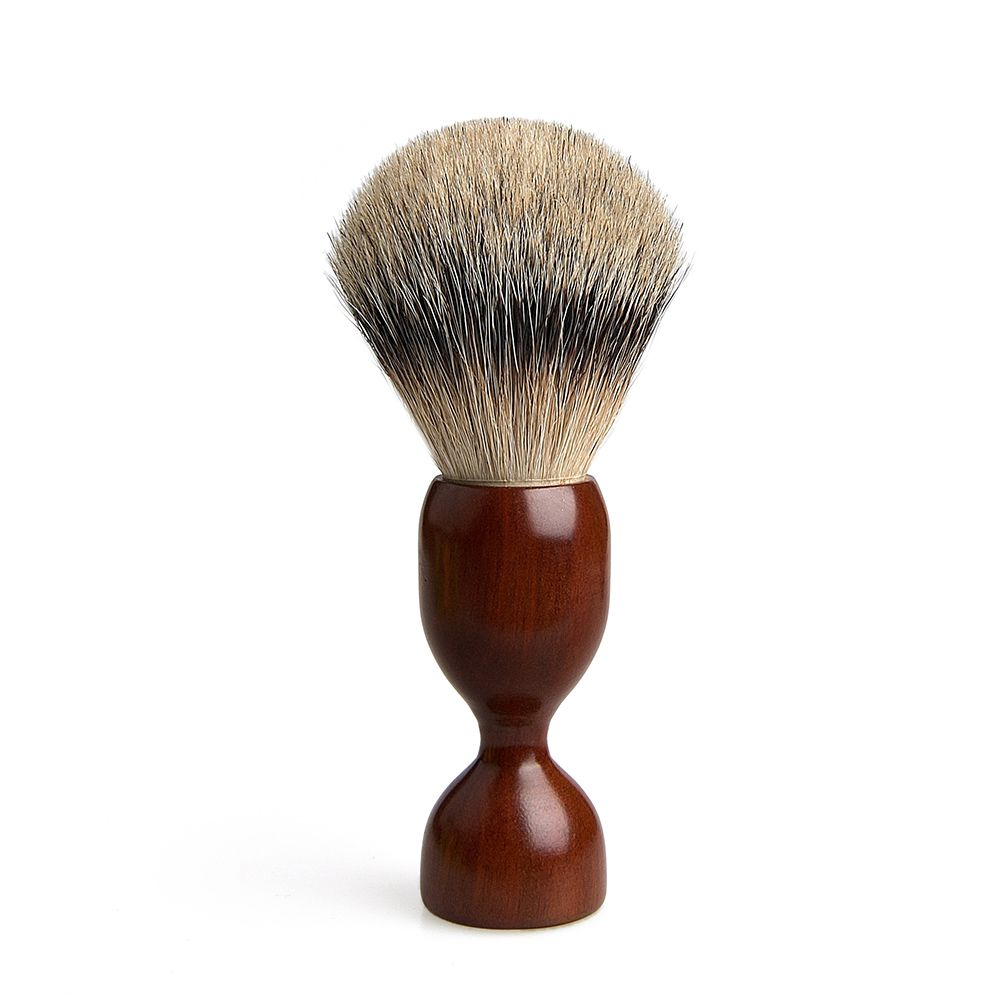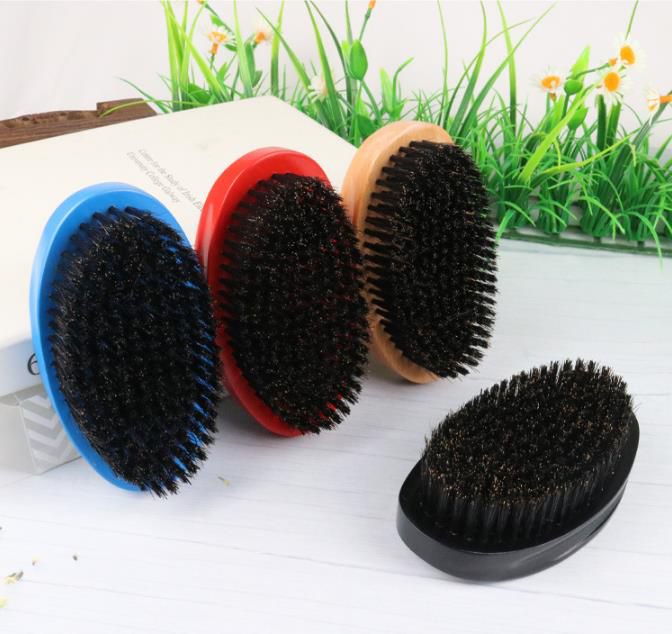Industry news
Shaving Brush Filament Recycling: Moving Towards a Circular Economy
- 224 Views
- 2025-08-22 02:30:59
Shaving Brush Filament Recycling: Moving Towards a Circular Economy
The global shaving brush industry, driven by rising demand for grooming essentials, faces a critical sustainability challenge: the lifecycle of synthetic brush filaments. Dominated by materials like nylon (PA6, PA66) and polyester (PBT), these filaments—valued for their durability and water retention—pose significant environmental risks when discarded. Most synthetic filaments are non-biodegradable; landfill disposal contributes to long-term plastic accumulation, while incineration releases greenhouse gases and toxic fumes. As the industry grows, the need to transition from a linear "produce-use-dispose" model to a circular economy has never been more urgent, with filament recycling emerging as a cornerstone solution.

Why Filament Recycling Matters
Synthetic brush filaments are derived from petroleum-based resources, making their production energy-intensive and reliant on finite crude oil. Each year, millions of kilograms of filament waste—from manufacturing scraps (e.g., trimmings, defective filaments) to post-consumer discarded brushes—end up as waste. This not only squanders valuable resources but also exacerbates the plastic pollution crisis. For manufacturers, recycling offers a dual benefit: reducing environmental footprint and cutting costs by replacing virgin materials with recycled alternatives, which often cost 10-15% less than petroleum-derived plastics, especially amid volatile oil prices.

The Recycling Process: From Waste to Resource
Effective filament recycling requires a structured, material-specific approach to ensure quality and usability.
1. Collection & Sorting
Waste streams are divided into post-industrial (factory scraps) and post-consumer (old brushes). Post-industrial waste is easier to process, as it’s already clean and uniform. Post-consumer waste, however, requires careful sorting to separate filaments from handles (often plastic or wood) and remove contaminants like residual shaving cream or hair. Advanced sorting technologies, such as near-infrared (NIR) scanners, are increasingly used to distinguish between nylon and polyester, as mixing these materials degrades recyclate quality.
2. Cleaning & Shredding
Collected filaments undergo thorough washing to eliminate oils, chemicals, and debris. Once clean, they are shredded into small flakes or pellets, which are then melted and extruded into recycled granules. During extrusion, additives like heat stabilizers or chain extenders may be introduced to counteract polymer degradation, ensuring the recycled granules meet mechanical properties (tensile strength, flexibility) required for brush filament production.
3. Regeneration & Reuse
Recycled granules are then spun into new filaments, either alone or blended with virgin materials to enhance performance. These filaments can be used to manufacture eco-labeled shaving brushes or repurposed into other plastic products, such as packaging or tool components. Some manufacturers are even exploring "closed-loop" systems, where post-consumer brushes are collected, processed, and transformed into new filaments, creating a self-sustaining cycle.
Industry Trends & Consumer Demand
The push for filament recycling aligns with global sustainability mandates. The EU’s Circular Economy Action Plan, for example, requires 50% of plastic packaging to be recycled by 2025, driving brands to adopt greener practices. Consumer preferences are also shifting: a 2023 survey by Mintel found that 68% of U.S. grooming product buyers prioritize brands with transparent sustainability claims. This has led major players to partner with recycling firms—like Italian brush manufacturer Omega Pro’s collaboration with waste management company SUEZ—or invest in in-house recycling facilities, as seen with Japanese brand Muhle’s "EcoLine" recycled filament range.
Challenges & Path Forward
Despite progress, hurdles remain. Post-consumer collection networks are fragmented, especially in regions with limited recycling infrastructure, raising logistics costs. Additionally, recycled filaments may exhibit slightly lower heat resistance or durability than virgin materials, requiring R&D into better degradation-resistant additives. To overcome these, industry collaboration is key: manufacturers, recyclers, and policymakers must work together to standardize recycling protocols, subsidize collection systems, and educate consumers on product take-back programs.
Conclusion
Shaving brush filament recycling is more than an environmental obligation—it’s a strategic opportunity to build resilience, cut costs, and meet the demands of a sustainability-focused market. By investing in recycling technologies and embracing circularity, the industry can turn waste into a resource, ensuring that every shave contributes to a greener future.











